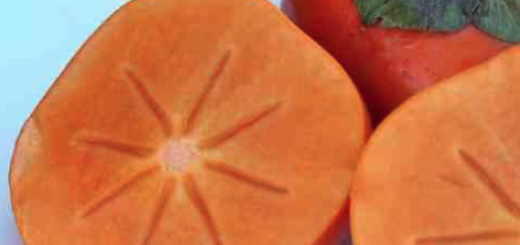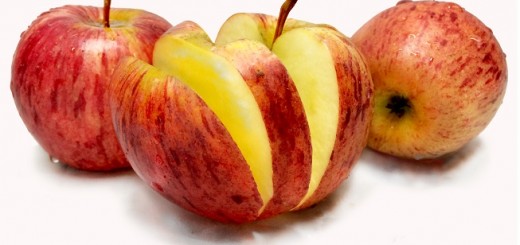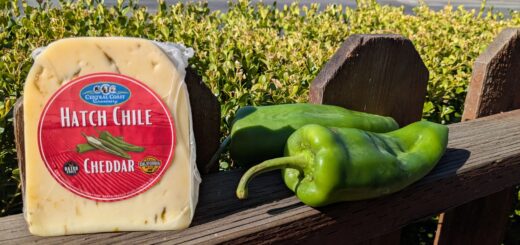Pomegranates: The Fruit of Legend and Lore
Pomegranates: The Fruit of Legend and Lore
By Robbie Sigona
Pomegranates are another fruit that come into season as fall settles in around the Bay Area. The scarlet-colored arils (or seeds) are incredibly versatile – they add a sweet-tart juicy burst to salads, jams, dips and even soups, and their juice can be used for anything from martinis to infusing our very own Sigona’s Pomegranate balsamic.
Pomegranates grow best in hot, dry climate, like that of inland California, but the bush itself stands up well to milder and coastal climates. There are many different varieties of pomegranates, with the Wonderful or Red Wonderful being the market leader in the United States.
We have some beautiful pomegranates in now from Fresno. The local crop this year, which will be in season through December, is producing some huge pomegranates – some are about the size of a softball!
The pomegranate was hailed in the Old World as a fruit with health and healing properties, in addition to it being prominent part legend and lore. The fruit, according to the POM Wonderful website, is believed to have been first cultivated in the Iran and Persia regions in the Early Bronze Age, which dates back to 3500–2000 B.C. In its long history, the fruit came to be a prominent figure of legend and lore, having been treasured across cultures and centuries for its importance in tradition, health art, meals, beauty and symbolism.
For example, the pomegranate played a leading role in Greek mythology where it’s believed to have been the fruit that proved too tempting for Persephone…once she ate, it she was condemned to live a third of every year in the underworld as Hades’ partner.
The pomegranate is also mentioned several times in the Bible. Amongst its numerous citations, the pomegranate is referenced as an example used to describe the fruitfulness of the good land in Deuteronomy chapter 8, and its importance also earned it the privilege of being a decoration on priestly garments alongside gold bells, as detailed in Exodus chapter 28.
With its many arils, the pomegranate is also used to symbolize fertility in many cultures and, according to the California Pomegranate Council, is a traditional Jewish symbol of prosperity.
One last bit of trivia: Did you know King Tut and other ancient Egyptians were buried with pomegranates in hopes of a second life?
In the grand scheme of things, the pomegranate has only recently gained popularity in the Americas. Spanish missionaries brought the pomegranate to the Americas after Cortez conquered Mexico in 1521 and the plants made their way to the California area as the missions spread north in the 1700s, and just in the last few years has it been exalted by U.S. health professionals as an extremely healthy and packed with polyphenols.
Polyphenols, as you may know, are antioxidants that can help prevent cancer and heart disease. They are, by far, one of the most desirable health aspects of fruits and even in our Fresh Press olive oils. Pomegranates are also high in fiber and have great amounts of potassium, which helps manage blood pressure. Pomegranates are also fat free, contain vitamin C and are low in calories (about 100 per medium pomegranate).
Breaking into a pomegranate to simply extricate the juicy arils is usually a job for those blessed with the virtue of patience. The delicate arils are tightly packed together in chambers of white pith covered by a thin, reddish-pink leathery skin that helps keep the arils from bursting. There are many tips for removing arils from a pomegranate, and we’ve created a video to show how to easily remove the pomegranate seeds.
Of course, when you have time, it’s always fun to sit around the table with your family and work on rescuing the arils from the rubbery white pith chambers – just remember to wear your grubbies – pomegranate juice can permanently stain your favorite white T-shirt.
As always, I’ve also put together a few produce tips on pomegranates, and Uncle Carmelo has helped develop a few outstanding pomegranate recipes, ranging from using the juice to incorporating the arils into an appetizer or entrée.












